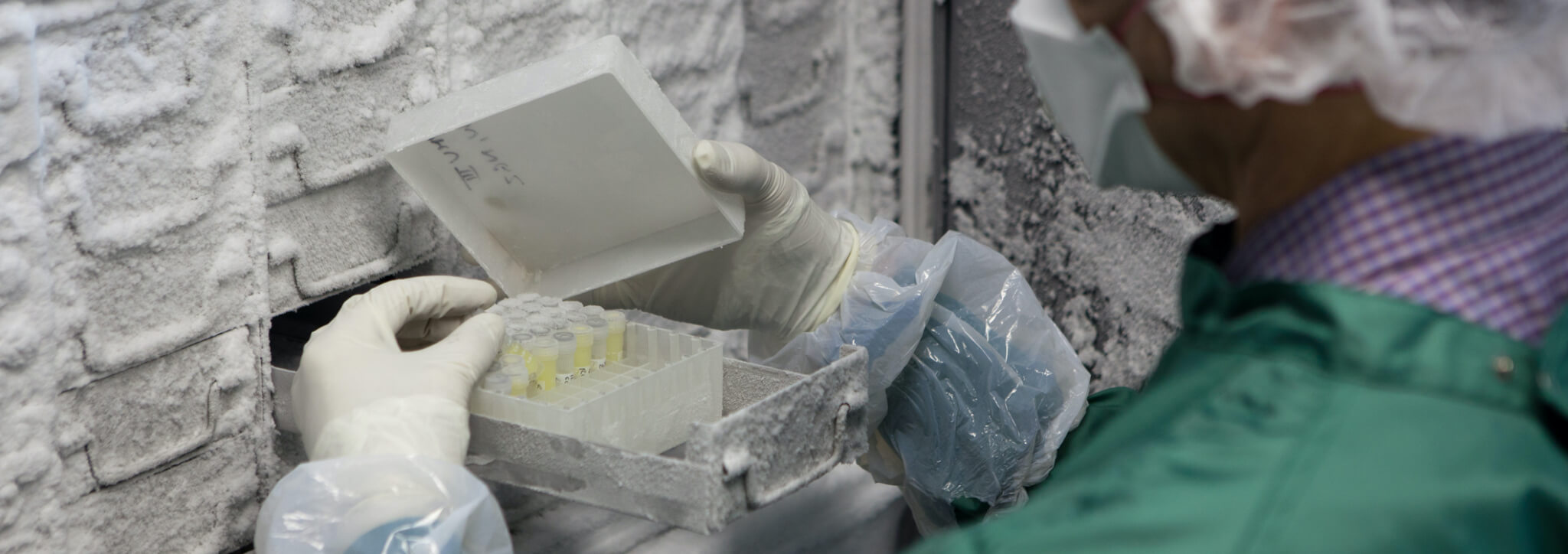
Demand for cooling services will likely rise due to Covid-19. The response needs to be both smart and ambitious.
Over recent weeks, as the world grapples with a global pandemic that is turning our lives upside down, a number of stories have emerged looking at how Covid-19 is affecting air pollution and carbon emissions levels around the world. In many places, there has been a drastic drop-off in emissions, notably from transportation, construction, and heavy industry.
But what about emissions from cooling? After all, cooling for buildings, products, and people uses huge amounts of energy, often inefficiently, and releases fluorinated gases (F-gases) that are far more potent than carbon dioxide in causing climate change. As such, the emissions from cooling alone could offset reductions in other areas and eat up the remainder of allowable global emissions, if we are to meet the international goal of limiting global warming to 1.5° C.
It’s likely that Covid-19 will affect demand for cooling in at least five categories:
1. Cooling in buildings. Billions of people across the world have been asked to stay at home to avoid fueling the spread of the disease. For some, this might be an isolating and inconvenient experience, but nonetheless a comfortable one. For others, however, this could mean being cramped in a small space, with little to no light and ventilation. Temperatures in the Southern Hemisphere and the tropics are already hot enough to require an air conditioner or fan. As the weeks of lockdown turn into months and temperatures rise in the Northern Hemisphere, people will feel the need for cooling. For some, this will not just be about comfort. When fevers are rising, cooling could be a matter of life or death, especially for the elderly and vulnerable. Not only can we expect a surge in demand for the energy and F-gases required for such cooling, but an uptick in demand for air conditioners, central cooling systems, and fans. In today’s uncertain economic climate, many will opt for the cheapest cooling appliance they can get their hands on, which is very rarely efficient or climate-friendly. On the flip-side, demand for cooling in offices, shops, and other commercial buildings will likely drop. How this nets out remains to be seen. What we know now, however, is that home cooling systems are already typically less efficient and clean than commercial and public ones.
2. Domestic refrigeration of food and drink. As restaurants, cafes, pubs, and other food service venues shut their doors, billions more people will be eating at home. In the U.K. in the first few weeks of the crisis, an additional $1.2 billion (1 billion British pounds) of food was bought and stored in fridges, freezers, and cupboards at home. The result is greater domestic demand for energy and F-gases to keep food and drink chilled, as well as an increase in sales of fridges and freezers to store the vast amounts of food being hoarded. Economic pressures and lack of supply impact purchasing choices and undermine demand for the most efficient, clean appliances. As with cooling in buildings, the systems and technologies for refrigeration at home are typically less efficient than in commercial and public settings. Therefore, as demand for refrigeration drops in restaurants, hotels, and the like, this reduction might be offset by the less efficient refrigeration technologies used at home.
3. Cold chains. With people on lockdown at home, and producers and supermarkets working overtime to deliver more food and drink, the “cold chains” associated with these deliveries are expanding. The U.K. government recently extended the hours when deliveries can be made. The U.K.’s major supermarket chains (as is likely the case in other countries) are also all on huge recruitment drives to ensure supply can meet the inflated demand. As the majority of refrigerated trucks in the world run on diesel or gasoline (very few are electric), we are likely to see a spike in emissions from these vehicles, both in terms of F-gases from refrigeration and tailpipe output.
4. Medical necessities. Surging demand for hospital beds already has many health care systems in turmoil. Patients need to be kept stable and drugs kept from spoiling, and doctors, nurses, and other care staff need working conditions that enable them to perform their best and save lives. Cooling systems can bring welcome relief during sweltering temperatures in packed hospitals. And tragically, the many that succumb to the virus will need to be kept cool in mortuaries. All of this will drive a macabre demand for cooling across the globe.
When, hopefully, a vaccine emerges for Covid-19, there will be a race to produce and dispatch doses to every corner of the world. The task of rapidly scaling up access to the vaccine will require a huge effort and will need to cater to a vast range of communities, from those in urban settings to those in the hard-to-reach locations, and everyone in between. Since many vaccines spoil if they’re not kept in a very specific temperature range, typically 2-8° C, this means that new cold chains will need to be established in certain parts of the world, in a way that is clean and efficient. If these vaccines are not kept cool, they will not be viable and we risk unknowingly releasing the virus back into society.
5. Data centers. The lockdown is shifting economic activity to the web as never before, driving an immediate spike in demand for energy in data centers. Energy consumption for cooling IT equipment in data centers can account for over 40% of total data center energy consumption, so efficient cooling for data centers is essential for reducing operating costs. Whilst this spike in demand may reduce when lockdowns are lifted, the shift in behavior, contracts, and agreed practices, whether working from home, average broadband speed contracted by households, or the use of Zoom for family interaction, will most likely not return to a pre-Covid-19 norm.
As with many of the unfolding impacts of Covid-19, plans are needed. Governments are responding with a sense of emergency. Businesses, banks, civil society, the U.N. system, and the general public are focused and listening like never before. The collective brain power of humankind will solve this problem, but decision-makers across the globe must solve it in smart ways that rebuild the global community so that it is stronger than before. When it comes to cooling specifically, the response needs to:
1. Be driven by urgently needed research. We need urgent analysis of the changes to and potential growth in demand for cooling in the areas identified here, along with the associated implications for climate pollution and the economic impact of cooling systems and appliances. Managing cooling-related costs and efficiencies in the economic recovery will support a quicker return to healthy economies and public balances. We must avoid locking in second-class cooling systems for decades to come, with their high pollution and operating costs.
2. Boost sustainable solutions. The response to Covid-19 needs to take advantage of business models and financial mechanisms that reap the rewards from more efficient, climate-friendly technology, such as “cooling as a service” (e.g. instead of buying a commercial fridge, a business can contract for a certain amount of cooling provided), and “pay as you save” (e.g. when a customer is provided with more efficient cooling technology, for example an air conditioner, and pays back the cost over time using the energy cost savings). Such models in turn make the climate-friendly cooling options, which tend to require a larger up-front investment, but with lower lifetime cost, more attractive to buyers.
3. Maximize job opportunities. Many cooling solutions, such as passively cooled buildings (through the use of efficient design and building materials instead of energy-consuming technology) and cooling by nature (green parks and spaces), create local jobs. Highly skilled professionals like engineers can help optimize cold chains and industrial processes, and the service industry can help with finance and contracts. More research and development can help establish the most feasible cooling solutions that serve people, the planet, and businesses. Taking a holistic and local view of how to provide cooling can support local jobs, rather than an “air conditioning for all” approach.
Perhaps more than ever, cooling is essential to the health and prosperity of the entire human race. Fortunately, cooling is already a huge industry — $134 billion per year according to The Economist — and staffed by a corps of dedicated cooling professionals in public service, business, academia, NGOs, international organizations, and philanthropy. Ideas, support, and collaboration are already plentiful, as encapsulated by the Cool Coalition, launched at the U.N. secretary-general’s 2019 climate summit. In overcoming this crisis, we must be ambitious and build back better.
Let’s seize this moment to make a cooler and more sustainable world possible for all.
